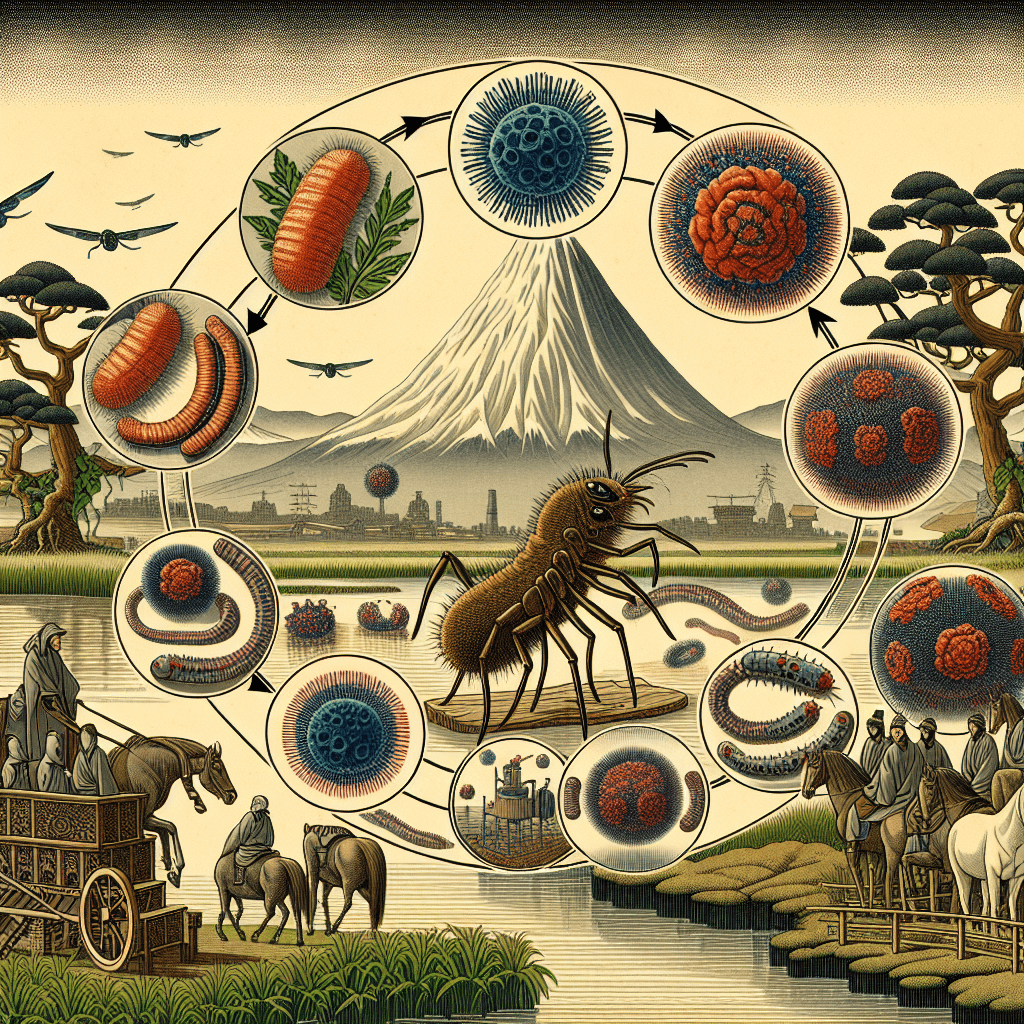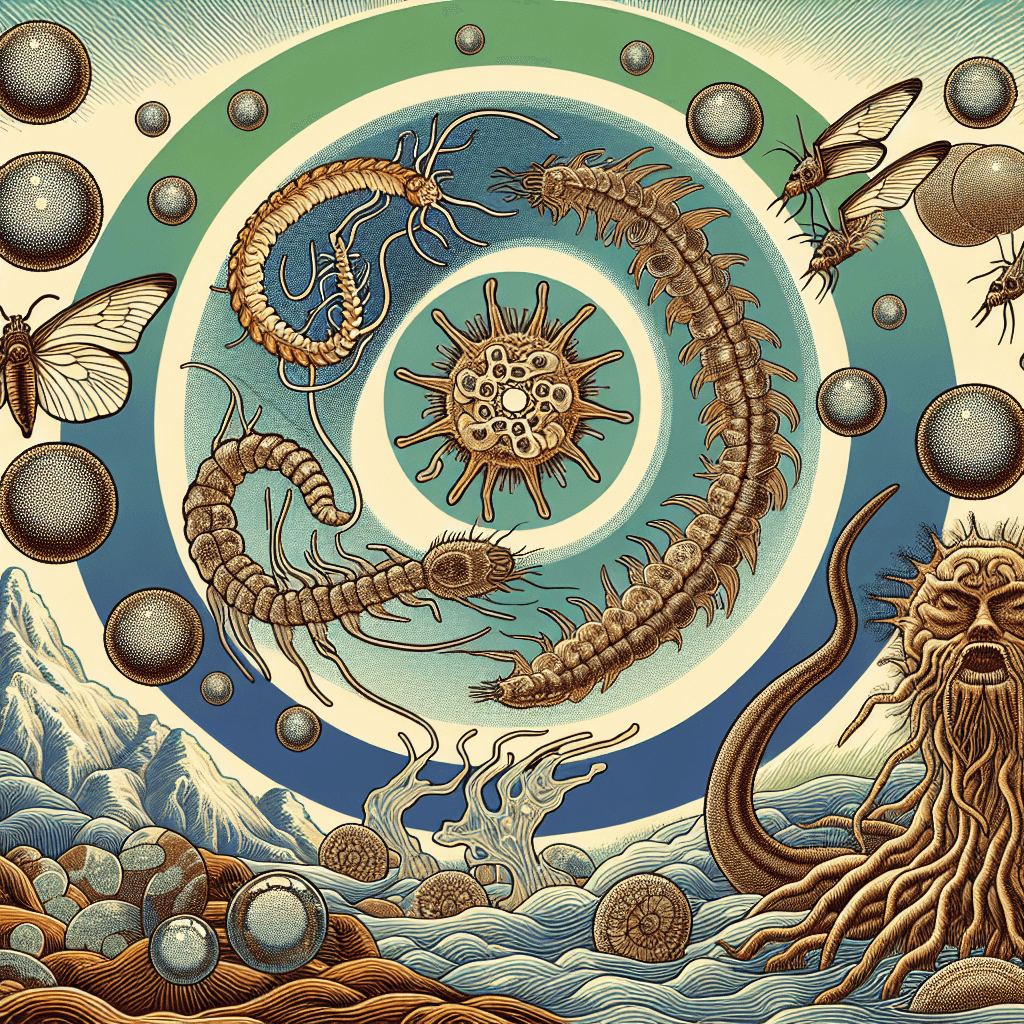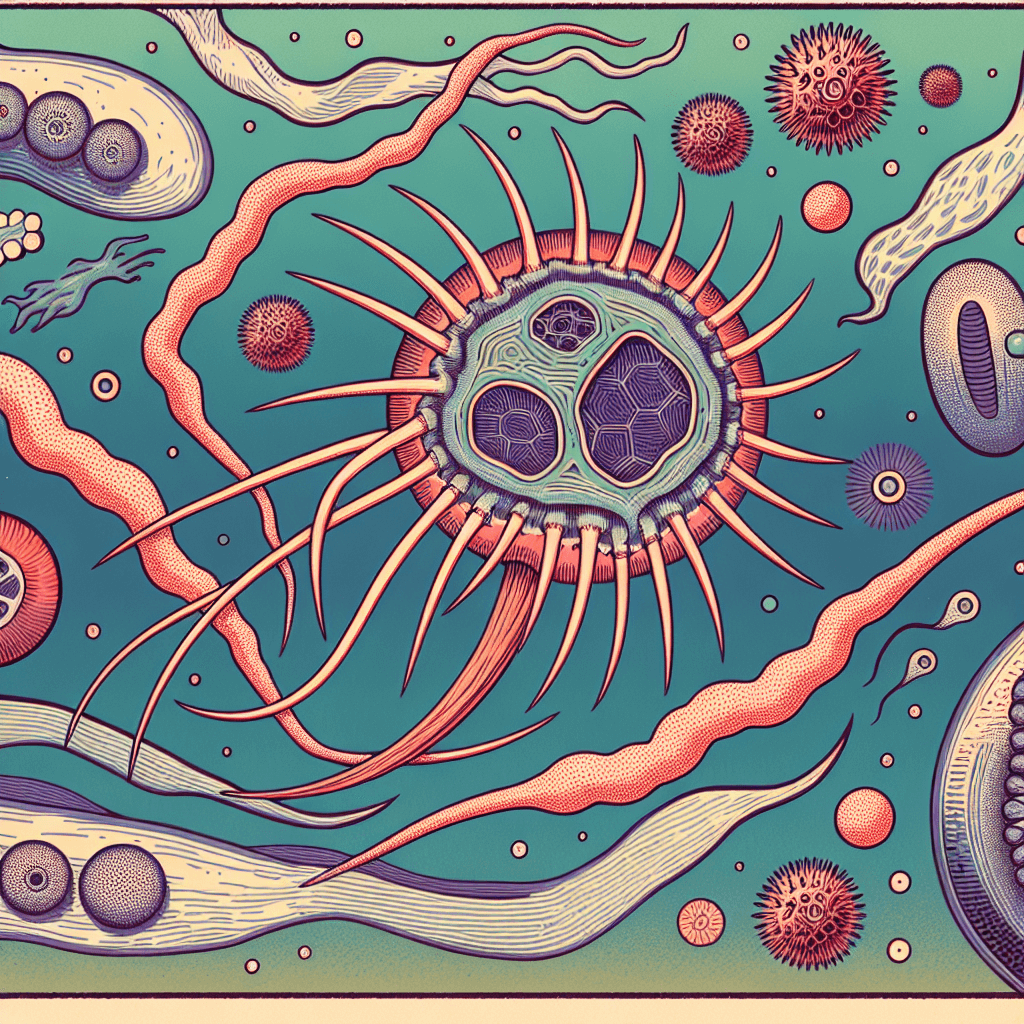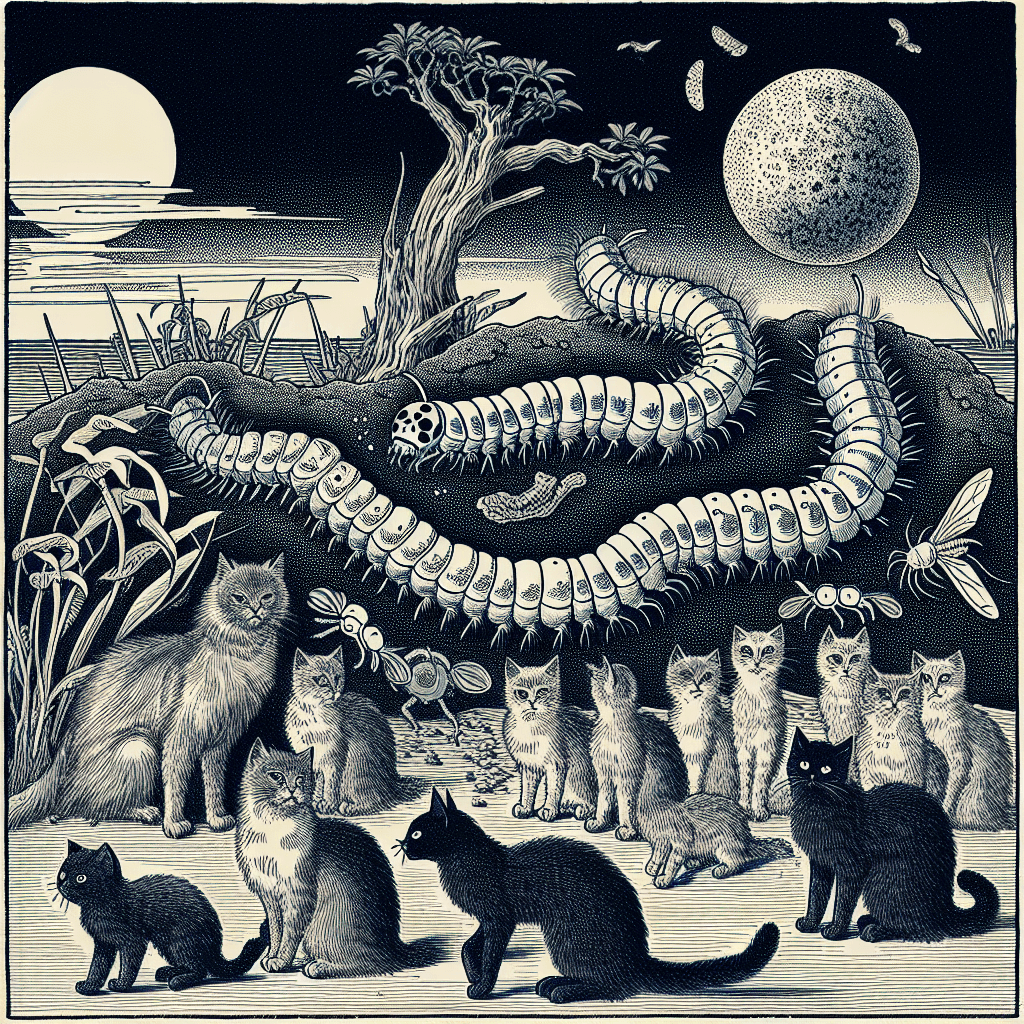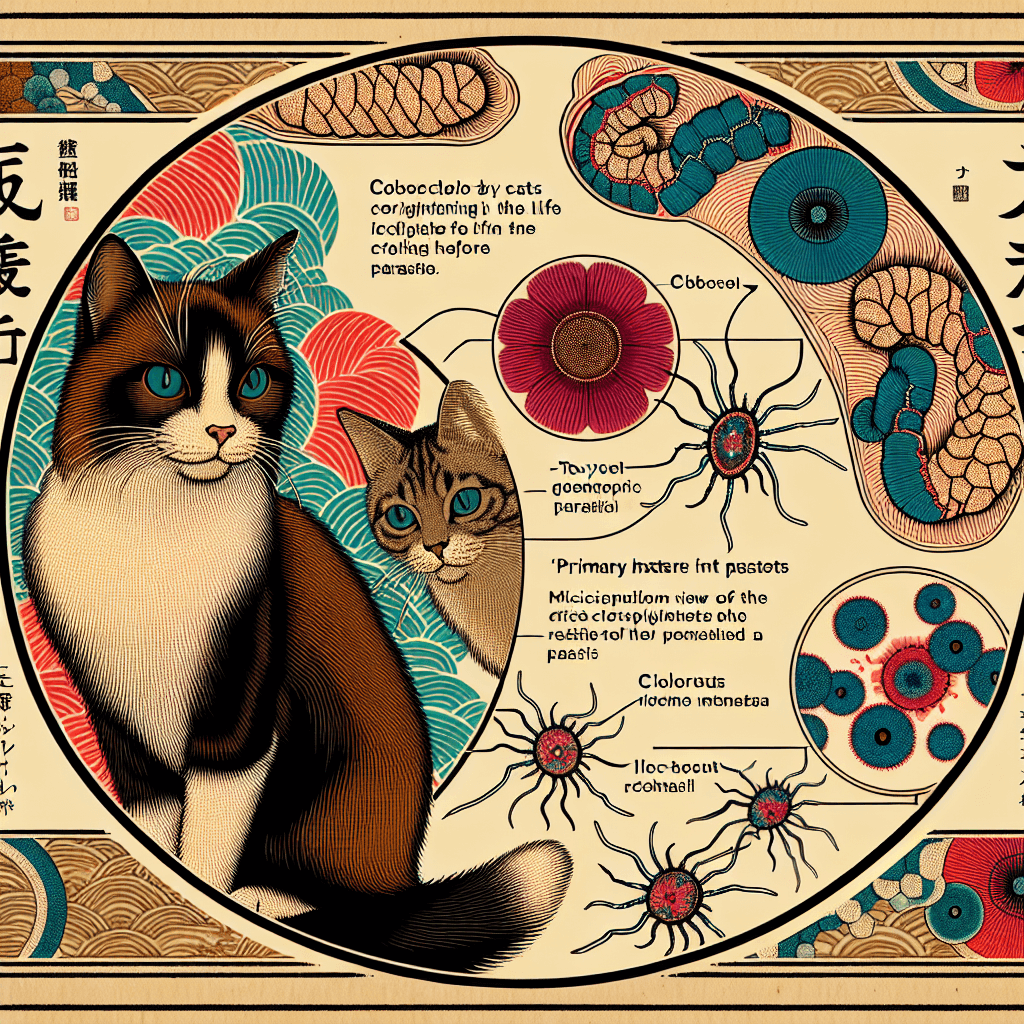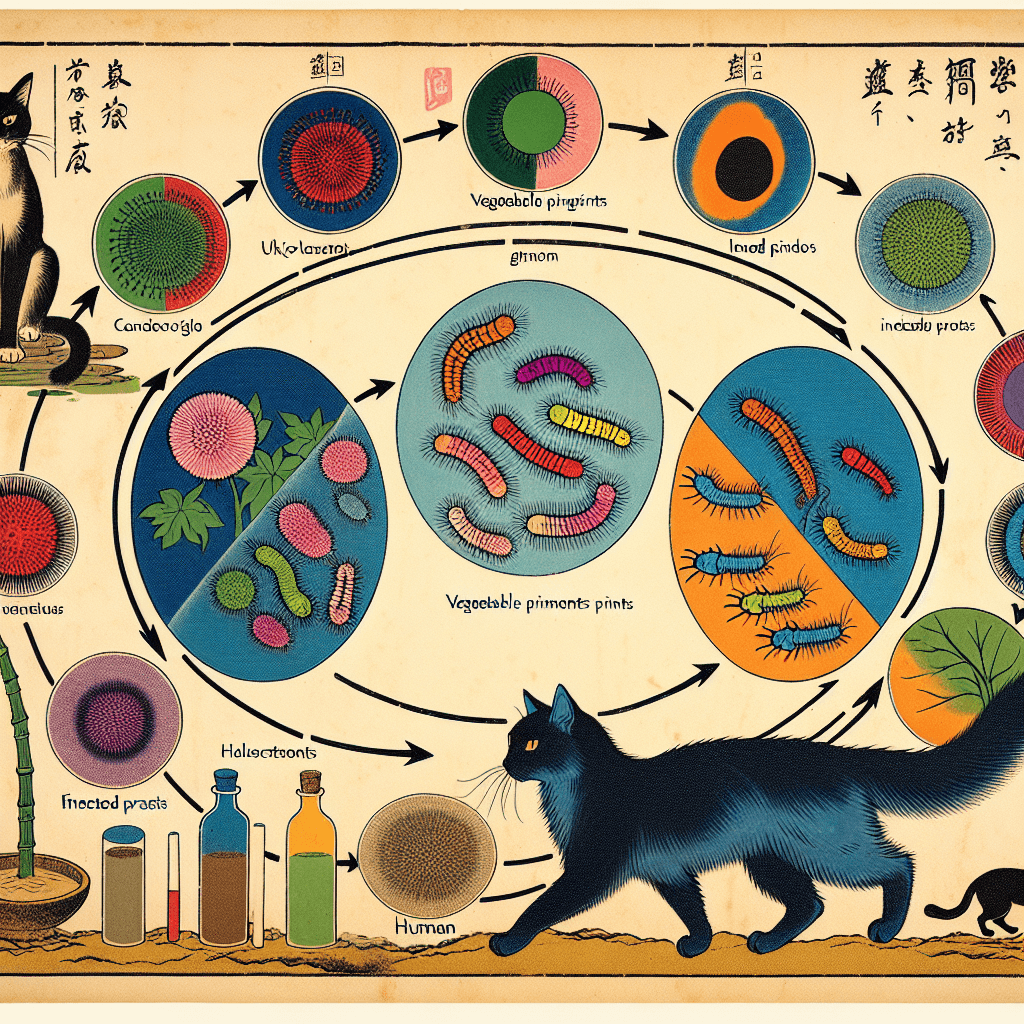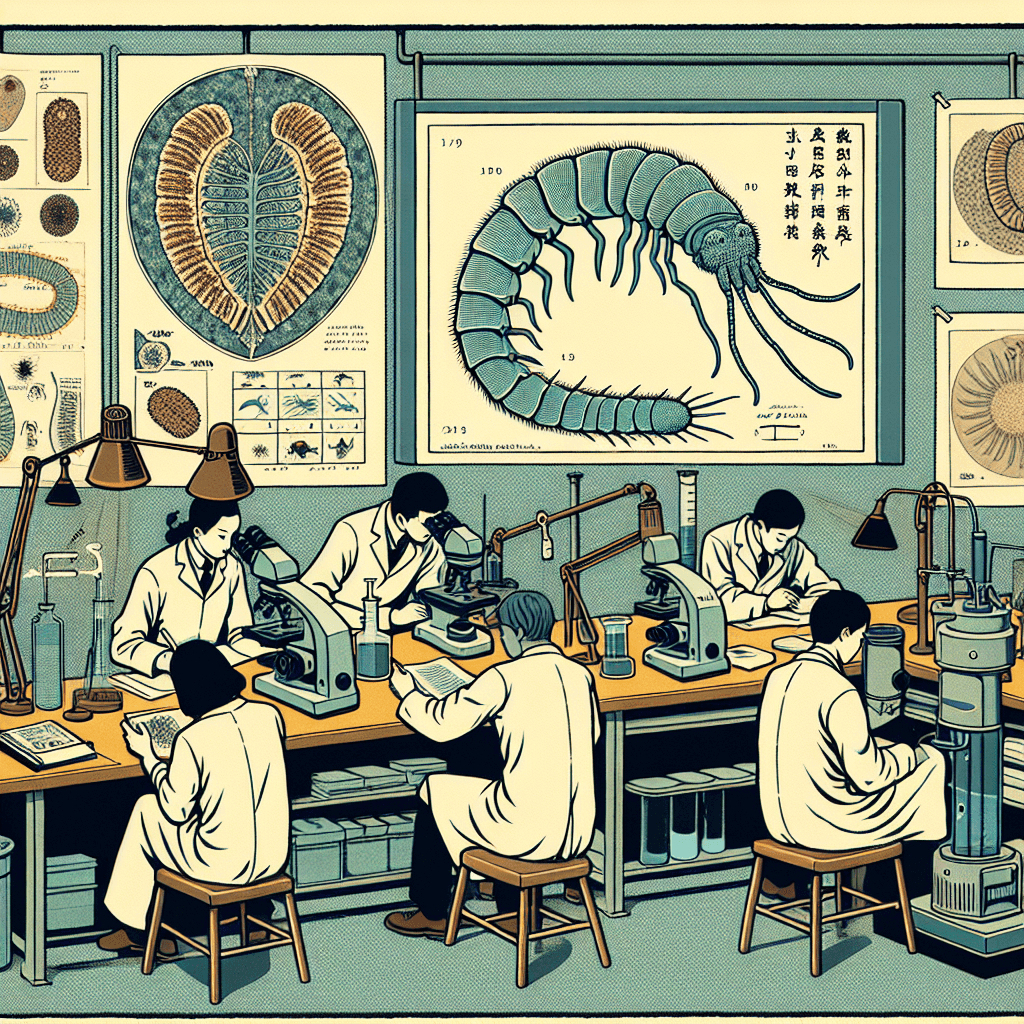Unveiling the Parasite: The Science Behind *Toxoplasma gondii*
syndu | Oct. 3, 2024, 8:05 p.m.
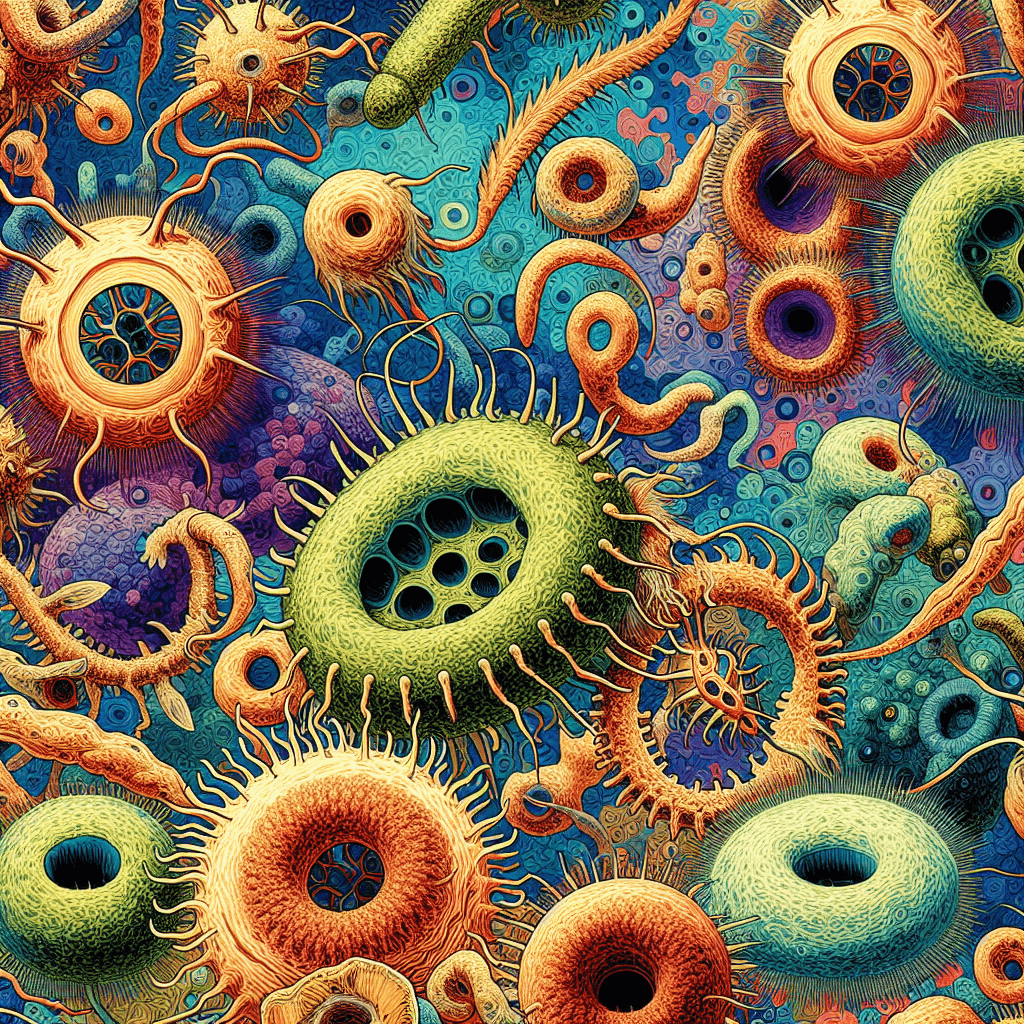
Unveiling the Parasite: The Science Behind Toxoplasma gondii
Introduction
Toxoplasma gondii (T. gondii) is a fascinating protozoan parasite that has intrigued scientists and researchers for decades. Known for its complex life cycle and ability to infect a wide range of hosts, T. gondii has significant implications for both animal and human health. This blog post aims to unravel the scientific intricacies of T. gondii, exploring its life cycle, transmission pathways, and effects on hosts, while presenting this complex information in an accessible manner.
Understanding the Life Cycle of Toxoplasma gondii
Definitive Hosts: The Role of Cats
Cats, both domestic and wild, are the only definitive hosts for T. gondii. This means that the parasite can only complete its sexual reproduction within the intestines of felines. This unique relationship is crucial for the propagation and survival of T. gondii.
- Ingestion of Oocysts: Cats become infected by ingesting oocysts from contaminated environments or consuming infected prey, such as rodents or birds.
- Intestinal Phase: Inside the cat's intestines, T. gondii undergoes sexual reproduction, producing millions of oocysts.
- Shedding of Oocysts: These oocysts are shed in the cat's feces, contaminating soil, water, and vegetation. They can remain infectious for months, posing a risk to other animals and humans.
Intermediate Hosts: Mice and Other Animals
Other animals, including mice, livestock, and humans, can become infected by ingesting oocysts. In these intermediate hosts, T. gondii undergoes asexual reproduction, forming tissue cysts in various organs, including the brain and muscles.
Transmission Pathways
T. gondii can be transmitted through several pathways, making it a highly adaptable and widespread parasite:
- Environmental Contamination: Oocysts shed by cats can contaminate soil and water sources, leading to widespread environmental exposure.
- Foodborne Transmission: Consumption of undercooked or contaminated meat from infected animals is a significant route of human infection.
- Congenital Transmission: Pregnant women can transmit the parasite to their unborn child, leading to congenital toxoplasmosis.
Effects on Hosts
Feline Hosts
In cats, T. gondii typically causes mild or no symptoms. However, the shedding of oocysts is a critical phase for the parasite's life cycle, facilitating its spread to other hosts.
Human Hosts
In humans, T. gondii infection can lead to a range of health effects, from asymptomatic cases to severe complications, particularly in immunocompromised individuals and pregnant women. Some studies suggest potential links between T. gondii infection and various mental health conditions, such as schizophrenia and bipolar disorder.
- Neurotransmitter Alteration: T. gondii may alter neurotransmitter levels, such as dopamine, which can influence mood and behavior.
- Immune Response: The body's immune response to T. gondii infection may also play a role in cognitive and behavioral changes.
"By understanding the life cycle and transmission pathways of T. gondii, we can better manage the challenges posed by this ancient parasite and promote health through prevention and care."
Conclusion
The science behind Toxoplasma gondii reveals a complex interplay between biology and behavior, highlighting the parasite's adaptability and impact on a wide range of hosts. By understanding the life cycle and transmission pathways of T. gondii, we can better manage the challenges posed by this ancient parasite and promote health through prevention and care.
This exploration of T. gondii provides a foundation for further research and public health initiatives, emphasizing the importance of hygiene, proper cat care, and awareness in mitigating the risks associated with this intriguing parasite. As we continue to unravel the mysteries of T. gondii, we gain valuable insights into the interconnectedness of life and the delicate balance between humans, animals, and the microscopic world.
